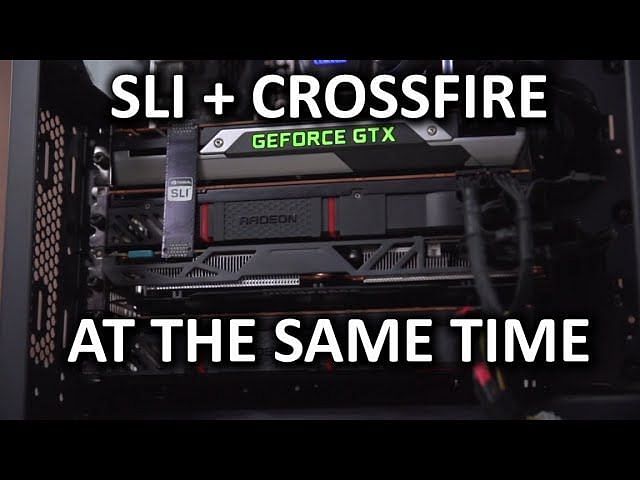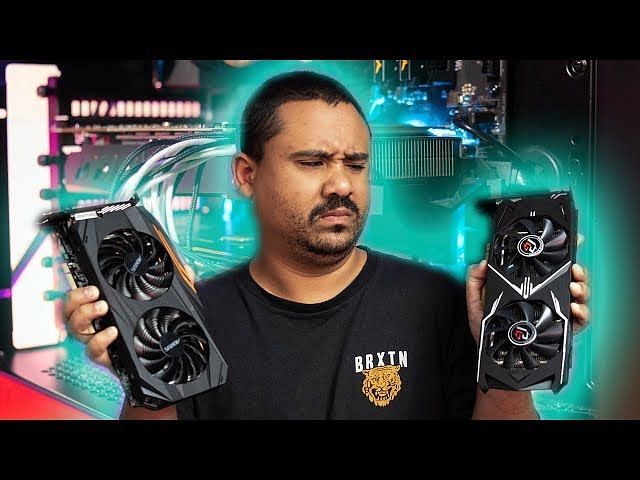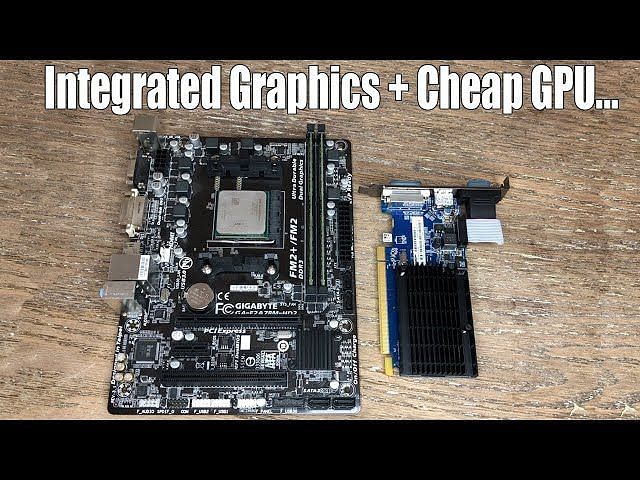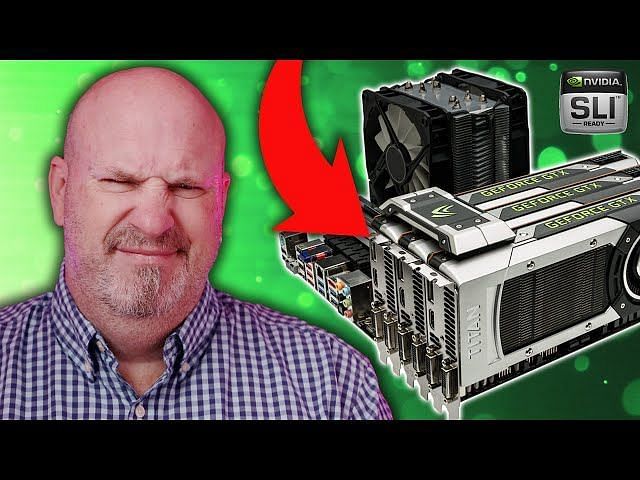
One GPU on a gaming PC is standard, but having two GPUs improves performance, and the workload is divided between them. Scalable Link Interface (SLI) is the name of Nvidia's multi-GPU technology, released in 2004, and AMD's CrossFire was released one year later, in 2005.
Today's GPUs have enough power to run games at the required frame rates in the preferred resolution, and that's why these technologies are becoming obsolete with the number of users reducing every year. Another reason for the multi-GPU technology becoming outdated is that game developers had to make their games compatible to see any performance gains.
AMD CrossFire vs Nvidia SLI multi-GPU setup

Both technologies are designed to combine two or more graphics cards into one output. Even though they offer similar usage, the two don't work the same. There are some fundamental differences.
Both AMD CrossFire and Nvidia SLI can combine two, three, or four graphics cards to achieve performance, which otherwise would not be possible due to various reasons such as thermal throttling.
Compatibility

Even though these technologies work when the same cards are installed together, Nvidia allows the mixing and matching of vendors and manufacturers of the same card.
For example, you can use an EVGA GTX 1080 with an overclocked Gigabyte GTX 1080 in SLI, and they will both work perfectly fine as long as they have the same memory configuration.
AMD allows way more flexibility in this case, where you can mix and match manufacturers, clock speeds, VRAM amounts, and even the graphics processor as long as both the cards have the same architectural design.
For example, an old AMD Radeon HD 7970 with 3GB VRAM can be in CrossFire with a newer AMD RX 280X with 6GB VRAM because they have the same architecture.
Support
If the 3d application has a driver profile it. I have two rx580s 8gb cards clocked at 1435ghz. Now to remove the amd drivers, you have to select “express.

The second difference is the support both the technologies have. Nvidia requires SLI certifications for graphic cards to recognize the system as compatible and activate the multi-GPU configuration, which further requires the PCIe slots on the motherboard to be at a minimum of 8X speed. The motherboard's manufacturer has to pay a licensing fee.
On the other hand, AMD has free CrossFire support on most to all motherboard manufacturers who do not need to pay a licensing fee and can be plugged into any physically compatible PCIe slot.
APU Compatibility

Another difference is that AMD allows dedicated graphic cards to be in CrossFire with the onboard graphics of the APU (Accelerated Processing Unit), which can help improve performance in some games and applications.
Nvidia's SLI does not have support for SLI between a dedicated card and an Intel CPU with integrated graphics. This is because Nvidia cards can only run in SLI with a physical proprietary connector connecting both the dedicated graphic cards.
It is not the case for CrossFire, which is connected automatically through the motherboard in most cases.
Conclusion
amd crossfire fortnite

There is no better multi-GPU configuration today, as these technologies have lost support from manufacturers and game developers. This technology is not being implemented in the latest Nvidia cards, even though it has re-emerged under a new name — Nvidia NVLink — which is only compatible with RTX 3090 but is not being used by consumers due to the card's extreme prices.
For AMD, it is possible to set up CrossFire with their latest cards. However, it is not recommended because it is unsupported, and the performance gains are minimal to nothing, with the multi-GPU setup using much more power.
Edited by Ravi Iyer
Thank You!